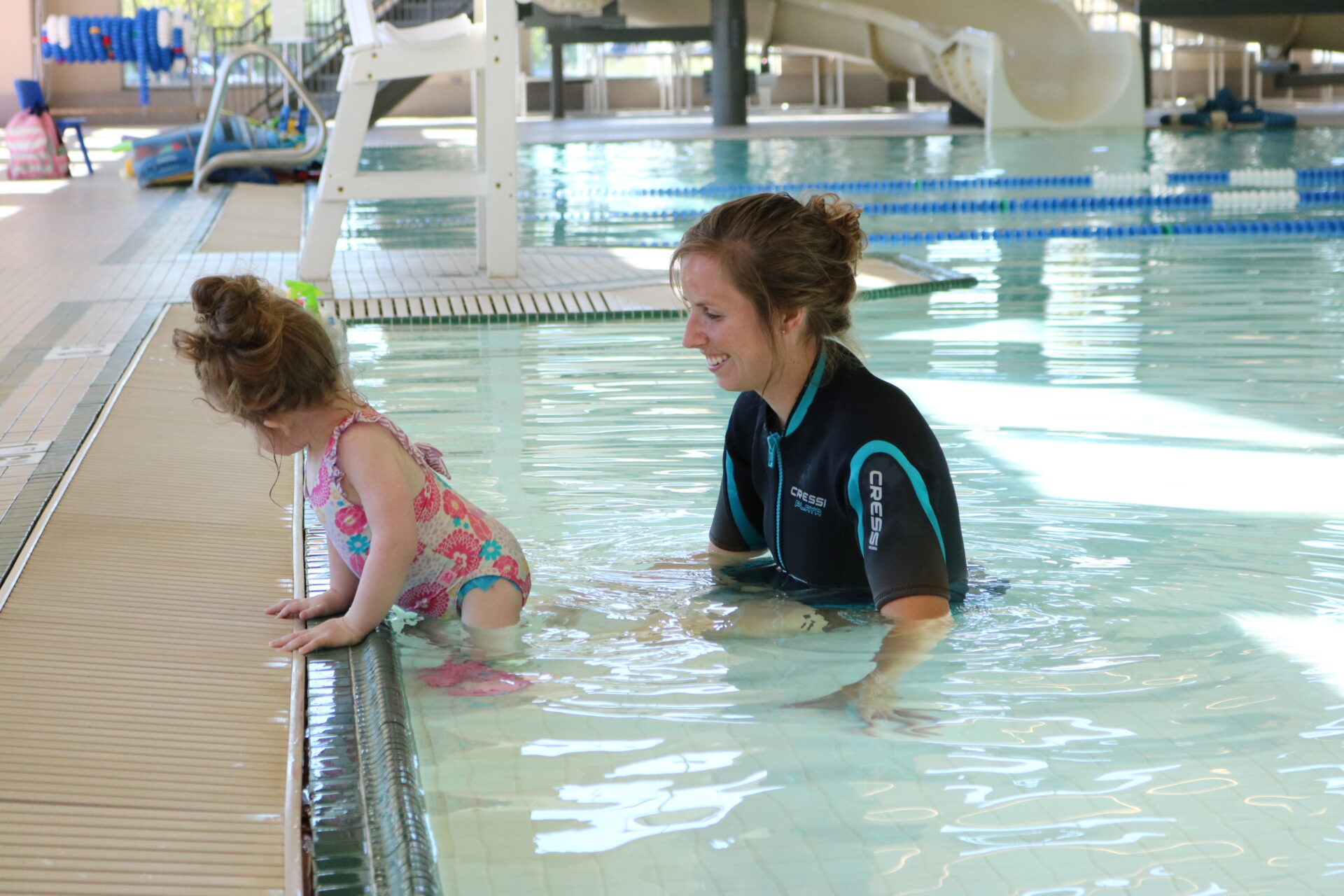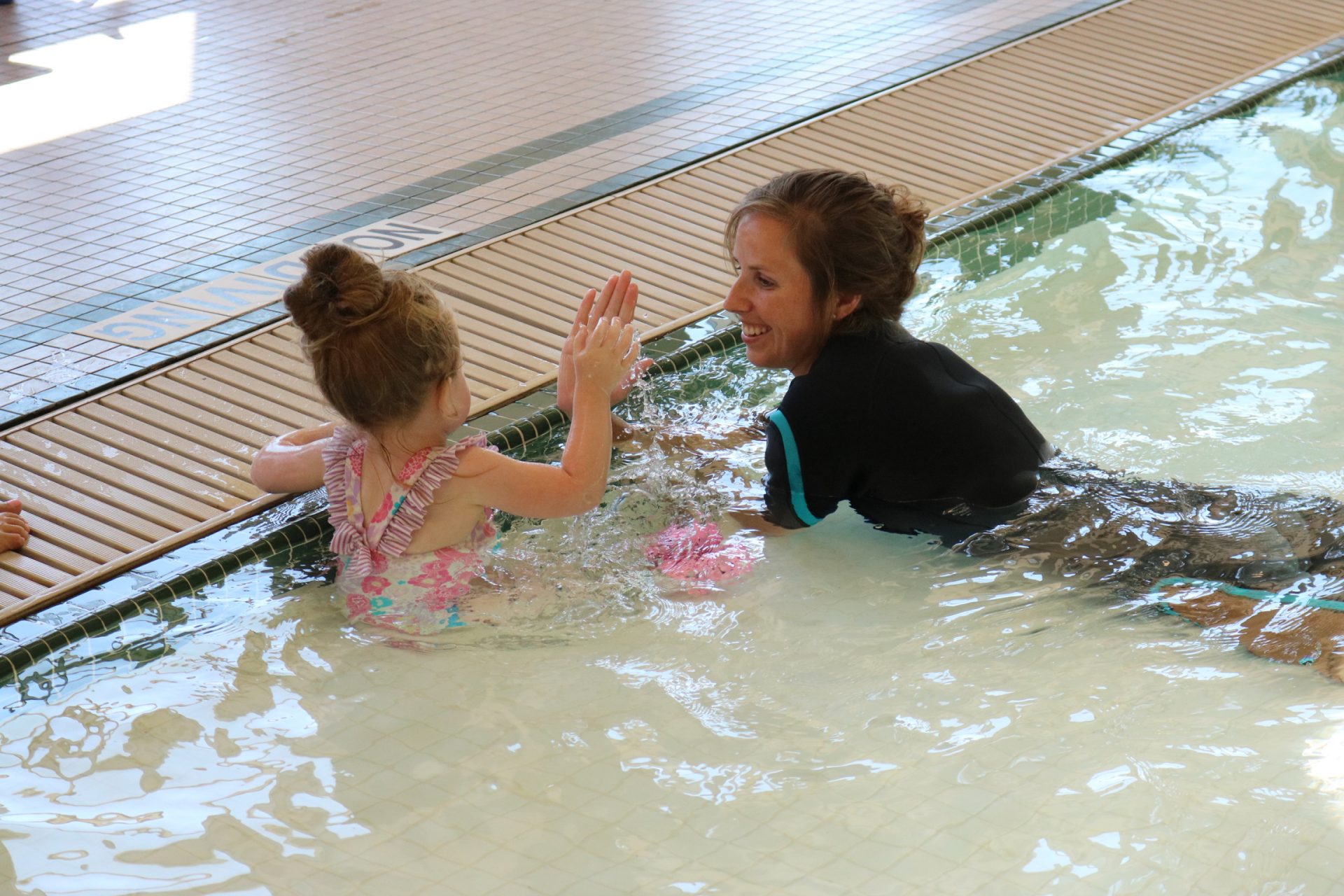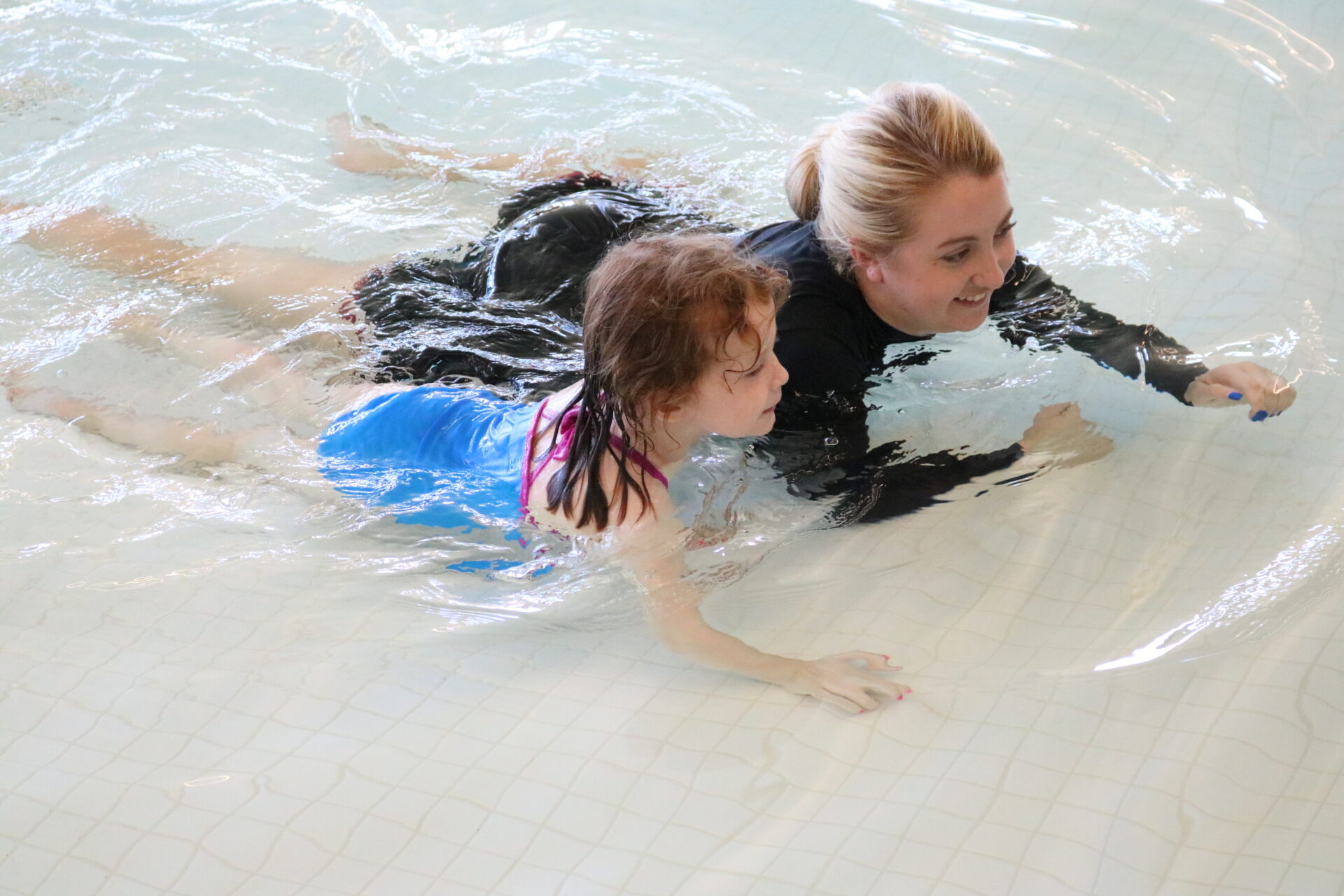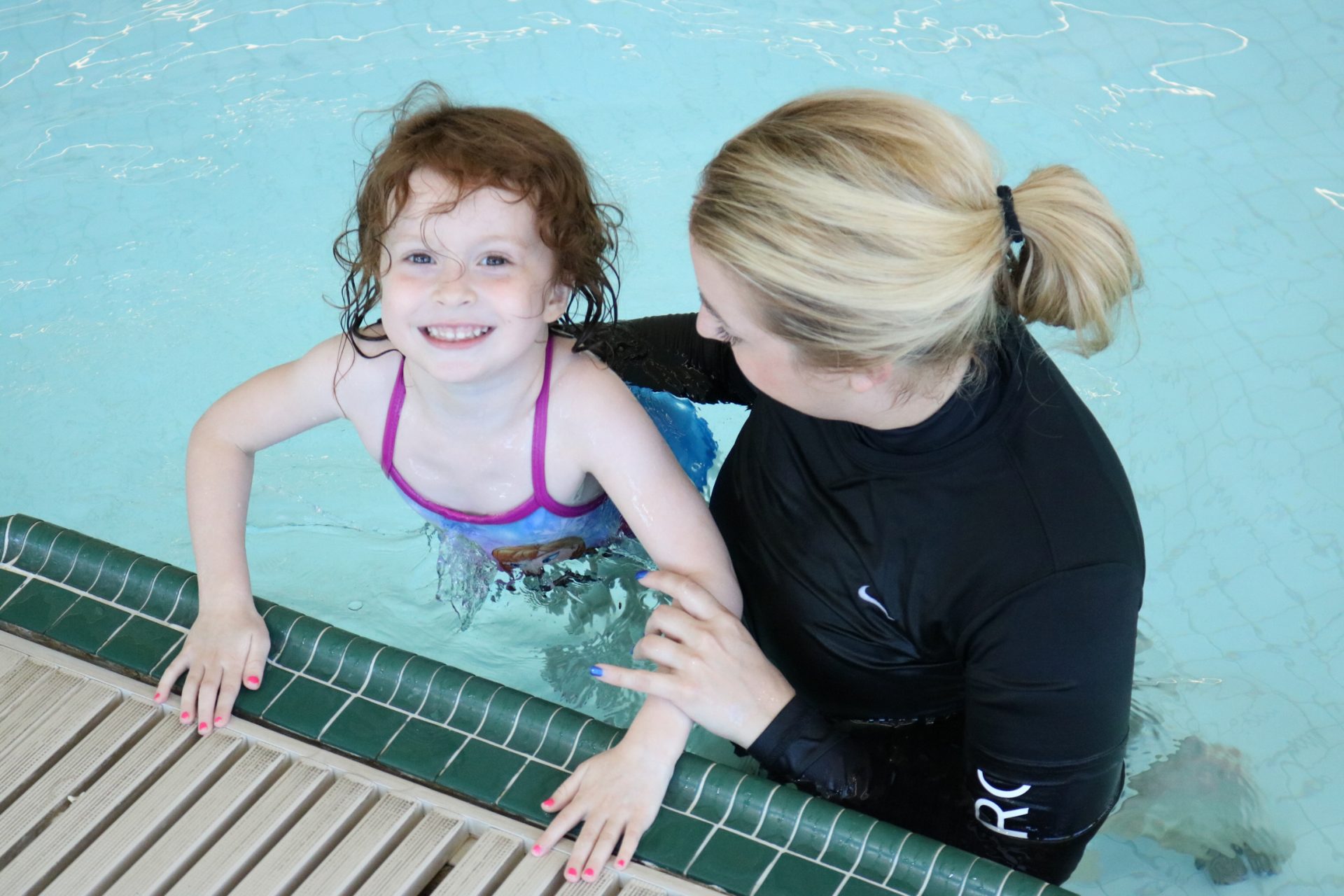I can wash my hands all by myself!
Is your child having trouble washing his hands by himself? Is he not thorough when washing hands? Or, would you like your child to wash hands independently? Teaching your child how to wash their hands can be accomplished in a few easy steps! The important thing to remember when teaching any hygiene routine is to make it fun and model the action yourself! The more they watch you do it, the more they will want to do it too!
First, make hand washing fun! Get some fun soap, make it a game, and sing a little song! There are some fun songs on YouTube that you can memorize and sing along with your child or just make one up!
Tell your child they are germ busters when they wash their hands well. No germs will spread because I busted them up!
Create a handwashing procedure and place it in the bathroom for your child to use. You can print this one if you like. Steps for hand washing.
- Turn warm water on and wet hands.
- Lather up! Grab your fun soap and make tons of
- Sing ABC’s or Happy Birthday while scrubbing to get rid of all the germs.
- Rinse those bubbles off your hands in warm water! See ya later bubbles! Turn the water off.
- Dry hands really well! All done! You did it! You busted all those germs! Yeah!!
If your child has a hard time implementing hand washing into their day and you would like some additional help specific to your child, please contact BDI playhouse to set up a free screening.
Written by: Jessica Frederick, OTA
















